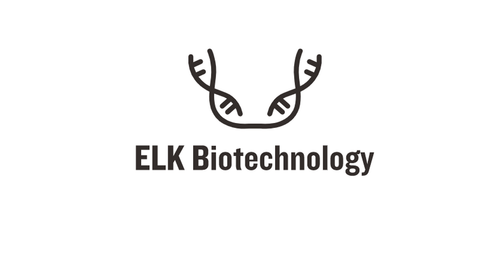Product Description
Human Protein disulfide-isomerase A5 (PDIA5) ELISA Kit | AE28180HU | Abebio
Species Reactivity: Human (Homo sapiens)
Abbreviation: PDIA5
Alternative Name: FLJ30401; PDIR; protein disulfide isomerase A5|protein disulfide isomerase-associated 5|protein disulfide isomerase-related
Application: ELISA
Range: 0.156-10 ng/mL
Sensitivity: 0.058 ng/mL
Intra-Assay: ≤5.5%
Inter-Assay: ≤8.6%
Recovery: 0, 96
Sample Type: Serum, Plasma, Other biological fluids
Detection Method: Sandwich
Analysis Method : Quantitive
Test Principale: This assay employs a two-site sandwich ELISA to quantitate PDIA5 in samples. An antibody specific for PDIA5 has been pre-coated onto a microplate. Standards and samples are pipetted into the wells and anyPDIA5 present is bound by the immobilized antibody. After removing any unbound substances, a biotin-conjugated antibody specific for PDIA5 is added to the wells. After washing, Streptavidin conjugated Horseradish Peroxidase (HRP) is added to the wells. Following a wash to remove any unbound avidin-enzyme reagent, a substrate solution is added to the wells and color develops in proportion to the amount of PDIA5 bound in the initial step. The color development is stopped and the intensity of the color is measured.
Product Overview: Protein Disulfide Isomerase A5is an enzyme in the endoplasmic reticulum in eukaryotes or periplasmic space of prokaryotes that catalyzes the formation and breakage of disulfide bonds between cysteine residues within proteins as they fold. This allows proteins to quickly find the correct arrangement of disulfide bonds in their fully-folded state, and therefore the enzyme acts to catalyze protein folding. In the chloroplasts of the unicellular algae Chlamydomonas reinhardtii the PDI RB60 serves as a redox sensor component of an mRNA binding protein complex implicated in the photo-regulation of the translation of psbA, the RNA encoding for the photoisystem II core protein D1. PDI has also been suggested to play a role in the formation of regulatory disulfide bonds in chloroplasts
Stability: The stability of ELISA kit is determined by the loss rate of activity. The loss rate of this kit is less than 5% within the expiration date under appropriate storage condition. The loss rate was determined by accelerated thermal degradation test. Keep the kit at 37°C for 4 and 7 days, and compare O.D.values of the kit kept at 37°C with that of at recommended temperature. (referring from China Biological Products Standard, which was calculated by the Arrhenius equation. For ELISA kit, 4 days storage at 37°C can be considered as 6 months at 2 - 8°C, which means 7 days at 37°C equaling 12 months at 2 - 8°C) .
 Euro
Euro
 USD
USD
 British Pound
British Pound
 NULL
NULL








